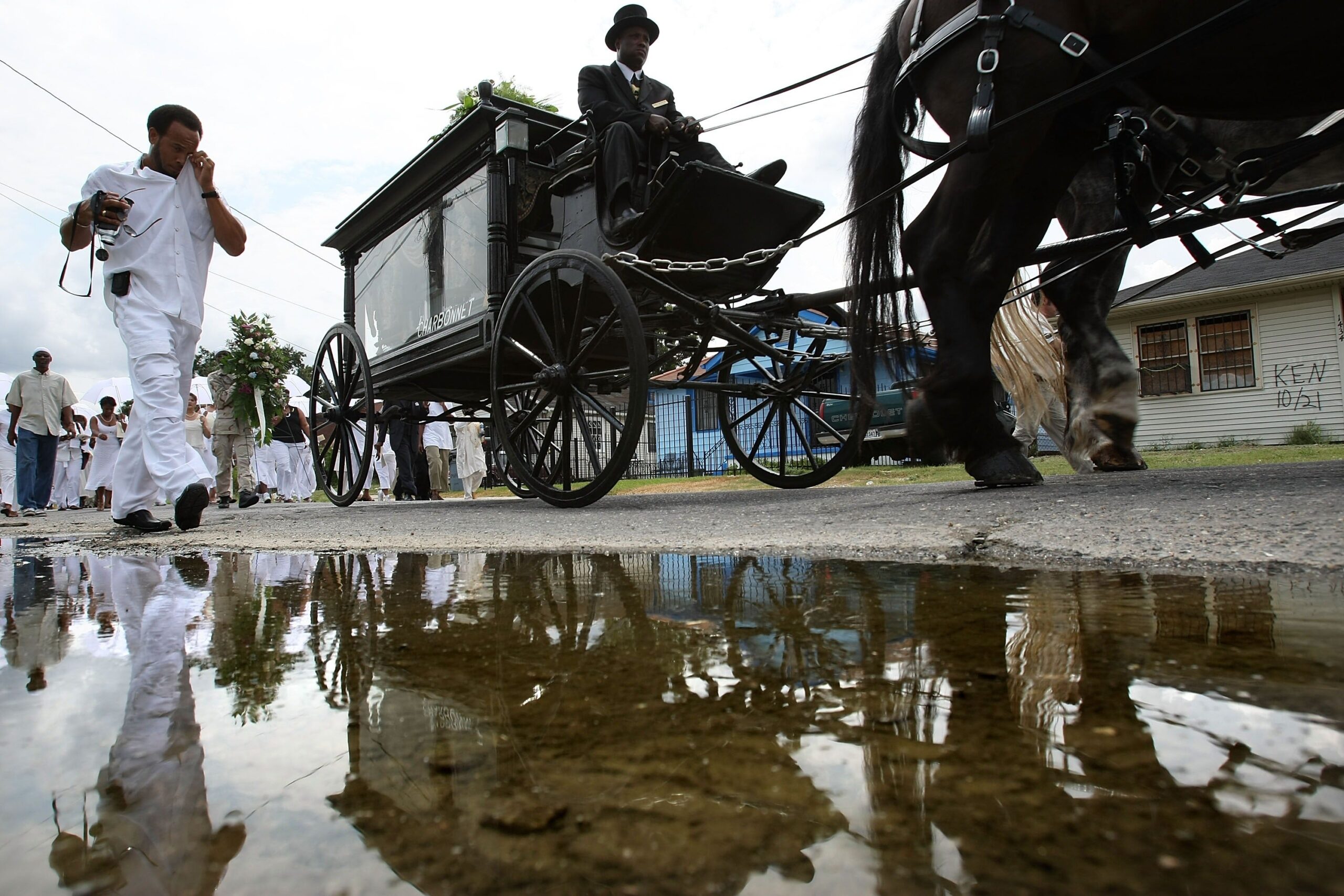Environmental racism isn’t a new concept, but in recent years, there’s been a growing awareness of the disproportionate climate change risks facing Black communities. A recent report from the government is confirming some of the worst fears about the impact of climate change on Black Americans and other marginalized communities.
Suggested Reading
The Fifth National Climate Assessment was released earlier this month without making a huge splash in the news cycle. But what the report says about Black communities is worth reading.
“Neighborhoods that are home to racial minorities and low-income people have the highest inland (riverine) flood exposures in the South, and Black communities nationwide are expected to bear a disproportionate share of future flood damages—both coastal and inland,” the report reads.
Communities of color often lack access to “adequate flood infrastructure” — including green spaces and safe housing, according to the report. Financial constraints have resulted in many communities of color being pushed out of urban areas and into rural and suburban areas without proper flood infrastructure.
But it isn’t just about flooding: The report also looked at land surface temperature, noting that low-income neighborhoods in urban areas (which tend to be disproportionately populated by people of color) have higher than average surface temperatures.
Even in the short term, communities of color and low-income communities will experience critical impacts of climate change in the United States. The report predicted dire consequences, particularly for “overburdened communities” throughout the country, ranging from risks from wildfires to increased mortality from rising temperatures.
To be clear, a lot of this isn’t new information. Anyone who witnessed Hurricane Katrina had a front row seat to the impact of flooding on Black communities. But it does call attention to a dire crisis on the horizon for already marginalized communities in the United States.
Straight From 
Sign up for our free daily newsletter.



